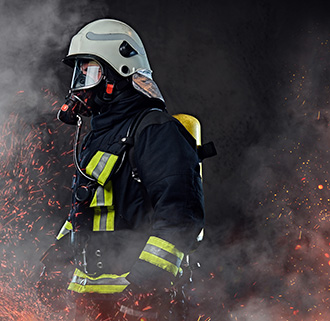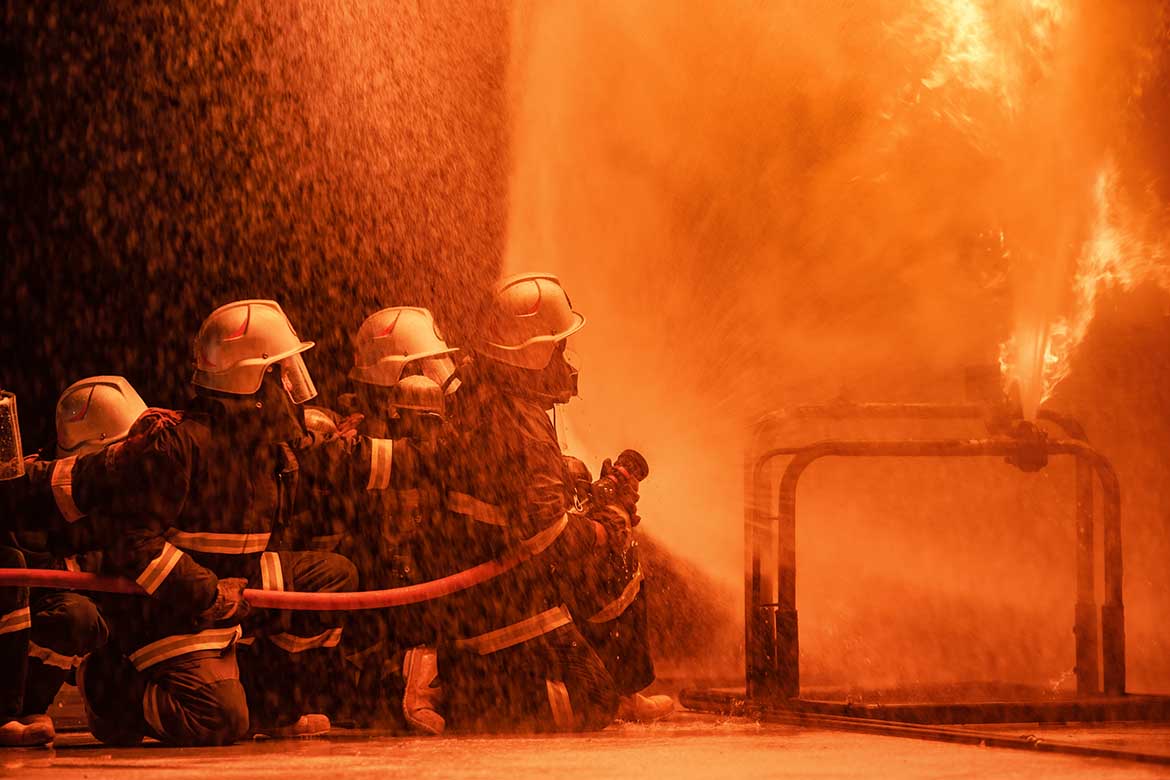First Responders: Making it Automatic
There is an automatic response when many first responders are asked if they want a Crisis Response team sent to their fire station. This question can be comparable to asking a firefighter if he or she would like a root canal. “No,” is the resounding one-syllable word that bounces off the walls and silences the need for help.
Crisis response teams respond when firefighters are involved in powerful traumatic events that initiate the crisis response. If used properly, the teams can reduce firefighter stress and decrease the chance of acute stress responses in the future. Many teams are peer-based meaning therapists work with trained peers to provide psychological first aid that can be temporary but is active and supportive during times of high stress. Different intervention tools are used for individuals and groups. The teams have been used for more than a decade, but a great deal of misunderstanding and controversy continues to surround team use and tactics.
Crisis Response vs Therapy
One must first understand that crisis response is not psychotherapy. The goal is not to force a firefighter to reveal his feelings or spill his emotions on the floor in front of his peers. Asking, “How do you feel?” is not only therapeutically inappropriate in this type of group setting, it is also not the clinician’s business. In group crisis interventions it is made clear that no one is forced to speak and no one is probed to make uncomfortable revelations.
Another reason Crisis Response Teams have gotten a bad reputation deals directly with bad training and tactics. One of the more effective approaches to group crisis interventions is working with smaller-sized groups, limited to 15 people. Size isn’t the only concern. In other situations, non- homogonous groups were combined with disastrous results. For example, civilians were mixed with police, or police were mixed with firefighters. Non-homogenous groups can go South quickly resulting in finger-pointing and blame and eventually, all involved agree that they never use a Crisis Response Team again.
Supporting Crisis Response Teams

A good team keeps groups small and homogonous. A well-trained team focuses on assessing the needs of first responders, provides them with education, suggests some remedies for difficulties, and provides them with resources for ongoing help. For example, let’s imagine that a crew has just returned from a fire where a child was killed. The team would meet with officers and firefighters separately (homogonous groups). My first question might be, “What do you need?”
In some cases, a firefighter who is a parent may want to call home or be placed out of service. The education stage of this group may involve telling any firefighter parents that in the next few days they may feel overprotective of their children, that this is a normal response. The team may encourage the firefighter’s partner to check in with his partner to gauge if he is overreacting to the situation. Finally, members of the Crisis Response Team would provide the group with their phone numbers, in case further assistance is necessary. Following the group meeting the team would stand by in case any one-on-one sessions were necessary.
Deployment of a Crisis Response Team should be automatic in the following situations:
- Line of duty death
- Suicide of a colleague
- Serious line of duty injury
- Disaster or multi-casualty event, especially if there is news media attention
- Extreme threat to work crews
- Death of a child
Automatic deployment means that the supervisor would automatically call the Crisis Team to discuss the situation. In these six situations, it is hoped that the supervisor would then go to his or her firefighters to tell them a Crisis Response Team is coming and then would inquire if anyone has any serious reservations. Asking them if they want a team will, once again, be the same as asking them if they want a root canal.
By sending in a team, a supervisor can demonstrate that the well-being of the crew is paramount and they are being supported. By putting a team in front of your people you have put them in contact with resources and faces they can attach to behavioral health. They may not need help now, but this contact could pave the way for them to reach out in the future should they face other difficulties. The appearance of a team today might make that future call to behavioral health easy and automatic.
Need More Help?
Prasad Counseling provides professional speaking and training services for your company or organization. We also provide Crisis Incident Stress Management (CISM).
Contact us for more information on how we can help you support your organization’s team or employees.


